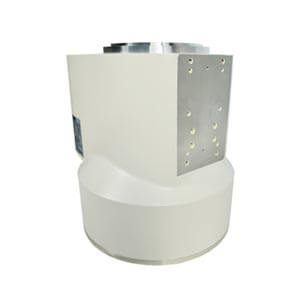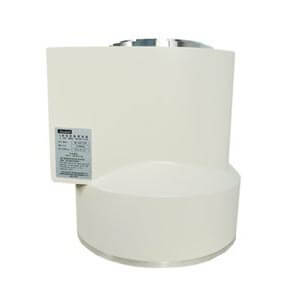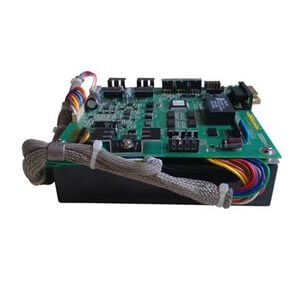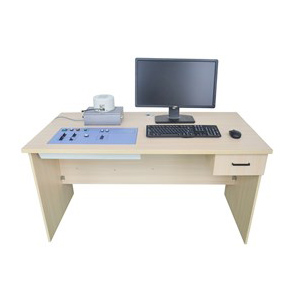Home›Blog ›How does the design of the input phosphor impact the efficiency of X-ray to light conversion in an image intensifier?
How does the design of the input phosphor impact the efficiency of X-ray to light conversion in an image intensifier?
The design of the input phosphor in an image intensifier significantly influences the efficiency of X-ray to light conversion. The input phosphor, typically made of cesium iodide (CsI) or other materials, absorbs X-ray photons and converts them into visible light. The efficiency of this conversion is determined by factors such as phosphor thickness, composition, and packing density. Thicker phosphor layers enhance X-ray absorption, increasing the probability of photon interaction and conversion. Additionally, a higher atomic number in the phosphor material contributes to better X-ray absorption efficiency. Efficient X-ray to light conversion at the input phosphor is crucial for producing a bright and high-quality image, as it influences the overall sensitivity and performance of the image intensifier in medical imaging applications such as fluoroscopy and radiography. We are a manufacturer of X-ray machines and their accessories. If you have any needs for X-ray image intensifiers, please feel free to contact us. Whatsapp:+86 18953679166. Email: service@newheek.com
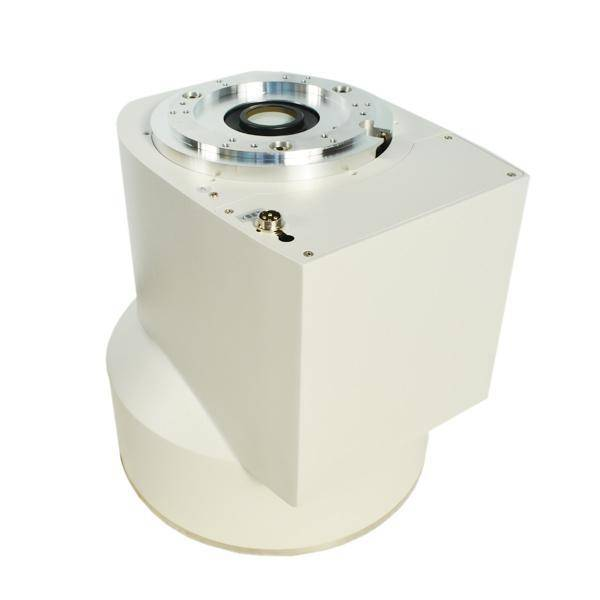
Author:Image Intensifier
Product Category
News
Contact us
Tel: (+86) 18953679166
Whatsapp: +86 18953679166
Email: service@newheek.com
Company: Weifang Newheek Electronic Technology Co., Ltd.
ADD: E Building of Future Star Scientific Innovation Industrial Zone of No.957 Wolong East Street, Yulong Community, Xincheng Sub-District Office, Weifang Hi-tech Zone, Shandong Province, China
